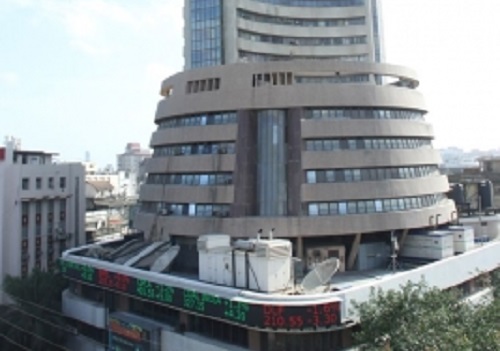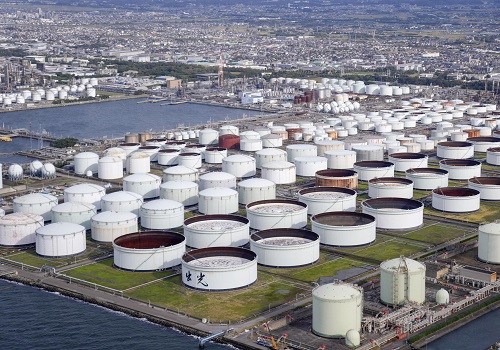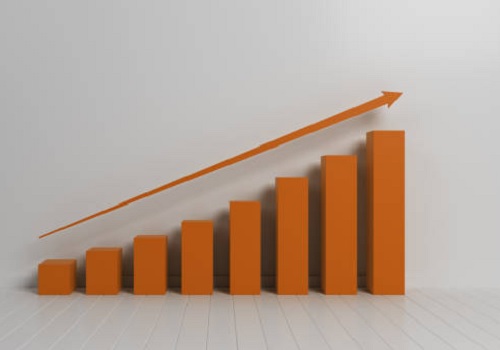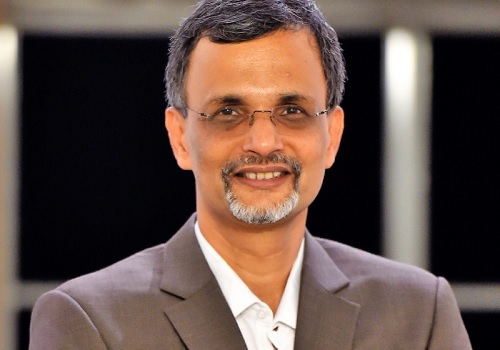India, China converging to high income levels: Moody`s
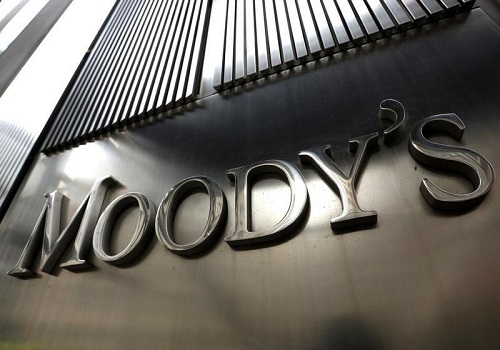
Follow us Now on Telegram ! Get daily 10 - 12 important updates on Business, Finance and Investment. Join our Telegram Channel
Of a select group of 27 middle-income sovereigns that Moody's rates globally, 13, including India and China, are clearly converging to high-income levels, said Moody's Investors Service on Thursday.
"The remainder have been in the same income category for decades and are either converging at a relatively slow pace or diverging from high-income levels," Moody's said.
According to Moody's, a higher cost of living and the erosion in disposable incomes on the back of multiple economic shocks are slowing the pace of middle-income economies' convergence to higher income levels.
"More importantly, emerging structural trends such as deglobalization, deindustrialization and digitalization mean that some factors that drove income convergence in the past may no longer be as effective, and the onus will be on policy to foster growth in productivity and income," Moody's said.
According to Anushka Shah, a Moody's Vice President and Senior Credit Officer, as trade and supply chains become less interdependent, stronger adoption of digitalisation and automation and a move to service-oriented growth models are likely to be more prominent drivers of productivity.
"And climate change also poses disproportionately large costs for low- and middle-income economies," Shah said.
The credit rating agency said, lower-middle-income economies that are converging slowly will experience tougher policy hurdles as they struggle to meet development needs, fuelling social tensions. Upper-middle-income economies face the risk of income stagnation and strained growth models.
The experiences of most high-income economies today illustrate that high productivity growth accompanied by structural transformation has driven convergence, led by conducive industrial and trade policies, education, social reform, and governance enhancements, Moody's said.
















